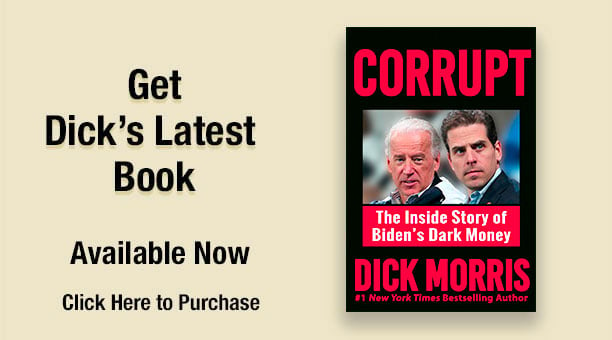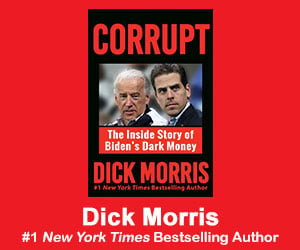HOW OBAMA’S SOCIALISM WORKS
Publish on TheHill.com on May 5, 2009
President Obama’s vision of the future is, apparently, an economy guided, steered and – when the occasion demands – commanded by the federal government. Some of the companies will remain private. Washington will take others over. But all will look to the White House, as to an orchestra conductor, for signals as to how and when and where to proceed.
This summary is the vision that emerges from the Chrysler bailout.
Whether or not one believes the claims of attorney Thomas Lauria (I do) that the investment bank Perella Weinberg Partners was strong-armed by the administration, the fact remains that the four firms that accepted the piddling offer of 29 cents on the dollar are all awash in Troubled Asset Relief Program (TARP) money.
Citigroup, Morgan Stanley, Goldman Sachs, and JPMorgan Chase all dutifully approved the offer from Washington, while Perella Weinberg reportedly held out for 50 cents. Did the combined $90 billion the four compliant firms owed Washington in TARP funds make a difference in their passive acquiescence? You bet it did.
They shouldn’t have said yes. Clearly, Obama was not about to pull the trigger, which would have sent tens of thousands of autoworkers straight into unemployment. Politically, he would have had no choice but to cough up the $4.5 billion loan the feds just gave Chrysler with or without a debt settlement. The political pressures that have always operated on this Democratic president are still there and still in play.
Knowing the ultimate vulnerability of the administration position, any investment bank that was looking out for its clients would have demanded more than 29 cents. But Citigroup, Morgan Stanley, Goldman Sachs, and JPMorgan Chase all had a higher calling -they had to appease King Barack I. To its credit, Perella Weinberg put its investors first.
But this little vignette shows exactly what the new rules of the game will be under this administration. It won’t be Soviet-style socialism or Reaganesque capitalism. The system will more resemble the Japanese arrangement where MITI, the Ministry of Trade and Industry, informally guided companies and told them what to do. In Japan, a nod usually suffices to command. In the United States, one has to use a hammer. But the result will be the same: compliant capitalism.
Companies will not look out for their shareholders or their employees or even their customers so much as watch the smoke signals from Washington to decide what to do. The markets won’t control decisions. Washington will.
The same balance of government control and nominal private ownership is evident in the mortgage rescue plan and the efforts to rekindle consumer lending. It will be manifest in the cap-and-trade legislation and in the priority that the administration will accord to green lending and job creation.
The strong-arming that obviously led up to the Chrysler deal will also be typical of the Obama industrial policy. When the chips are down, JFK’s pressure on U.S. Steel to lower its prices in 1962 will be the model for the Obama years. While terrorists need not fear any violation of their constitutional rights, CEOs of Fortune 500 companies will not be so fortunate.
At the core of the new policy will be the simple assumption that Washington knows best.
But it doesn’t. The stagnation of the Japanese economy in the past 20 years is eloquent testimony to the fact that government usually gets it wrong. Sometimes it makes the wrong decision because it fails to anticipate the market (as Japan did when it downplayed laptop computers and stressed mainframes). More often (as is normal in Japan), it is so in the thrall of special interests that it ends up articulating a consensus of those who would divide up the pie among them.
One way or another, the government usually runs the economy into the ground, as it will under King Barack I.





